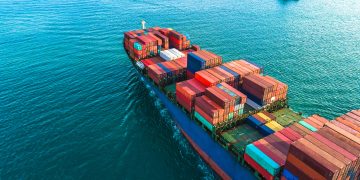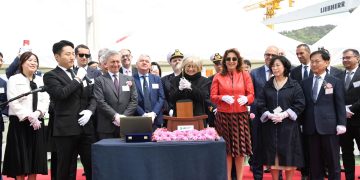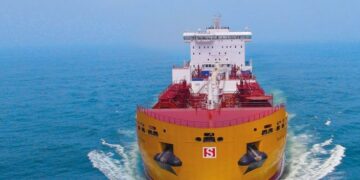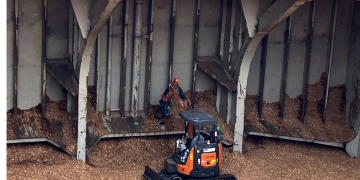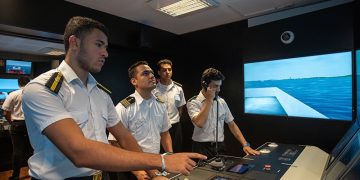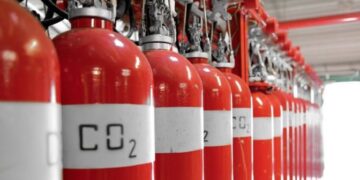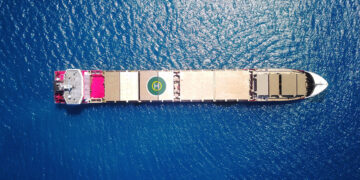Cargo leaked into ballast tank
When Water Ballast Tank was discharged, an oily sheen was observed on the sea surface A double-hulled oil tanker with segregated ballast tanks (SBT) was standing by off-limits at a loading port in good weather. In accordance with the pre-arrival schedule and loading plan, extra ballast was being pumped out. When 2S Water Ballast Tank (WBT) was discharged, an oily sheen was observed on the sea surface. Deballasting was immediately stopped and investigations detected an oil layer (innage) of about 15 cm on top of the ballast water in the tank.Shore management was informed, the oily mixture from tank 2S WBT was skimmed off with a portable salvage pump and transferred to 3S cargo oil tank (COT) and from there, to the slop tank. Thereafter, No. 2S WBT was superficially washed and gas freed to make the tank safe for human entry. After complying with all safety procedures, the inspection team entered the tank.They discovered that during the previous loaded voyage, oil from the adjacent cargo tank had leaked into the ballast tank through a crack on a weld seam approximately 3.5 metres below the deckhead, at the intersection of the longitudinal bulkhead and first stringer flat.Corrective actions1. With approval ...
Read more











